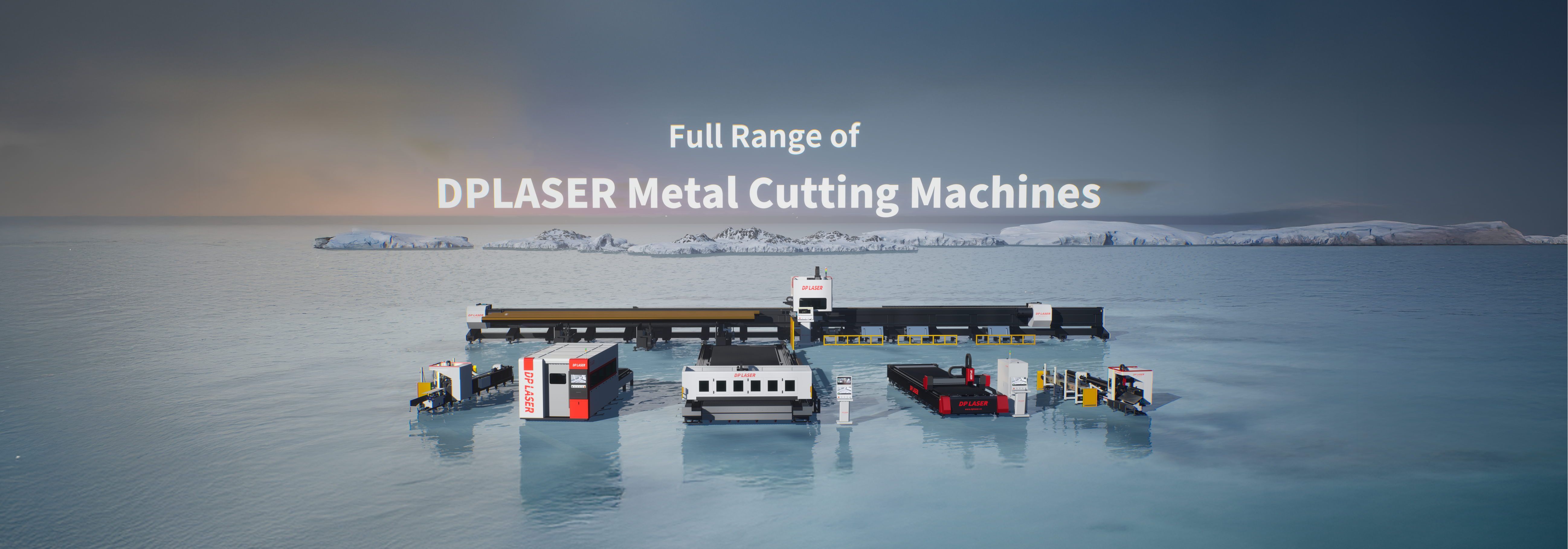How to Choose the Right Metal Round Tube Fiber Laser Cutting Machine for Your Business
How to Choose the Right Metal Round Tube Fiber Laser Cutting Machine for Your Business
Selecting the ideal fiber laser cutting machine for metal round tubes
could significantly impact your manufacturing efficiency and product quality. Whether you're in automotive, construction, or industrial machinery, the right equipment may enhance precision, reduce waste, and improve
production speed. This guide explores key considerations to help B2B buyers make an informed decision.
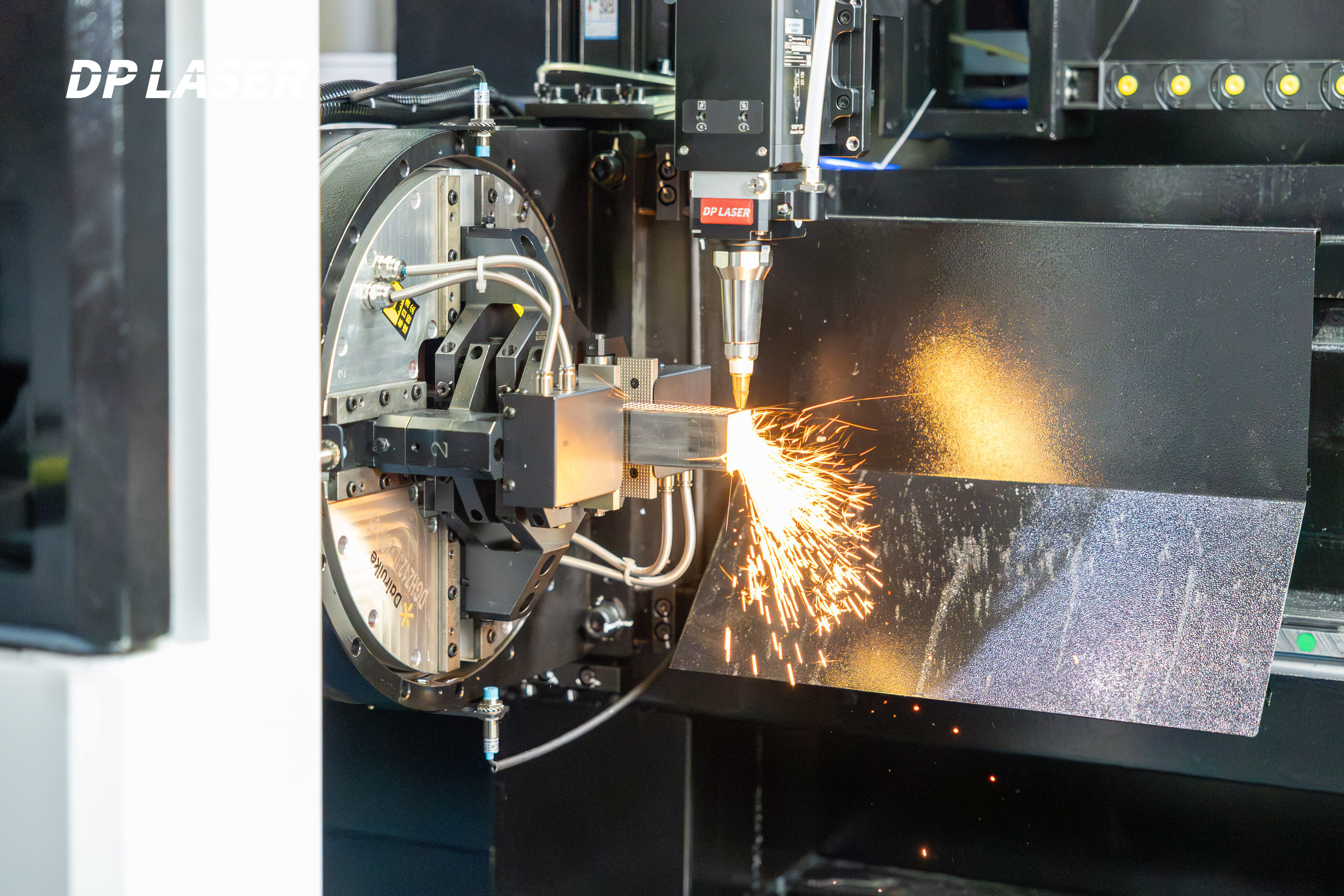
Material Compatibility and Thickness Capacity
The first step in choosing a fiber laser cutting machine is assessing the materials you work with. Standard models could handle:20-360mm Range | 1000kg Capacity
CUTTING RANGE
l Round/Square Tubes: Φ20-360mm
l Structural Beams: 5-32#
POWER PERFORMANCE
l 14.3-Ton Rigid Frame
l Max Load: 1000kg
l Thin-Wall Mastery: ≥ 2mm (800-1000 Kgf Grip)
If your business processes thicker materials, higher laser power (6kW+) may be necessary. For thin-walled tubes, a 500W-1kW machine could offer sufficient cutting speed while minimizing energy costs.
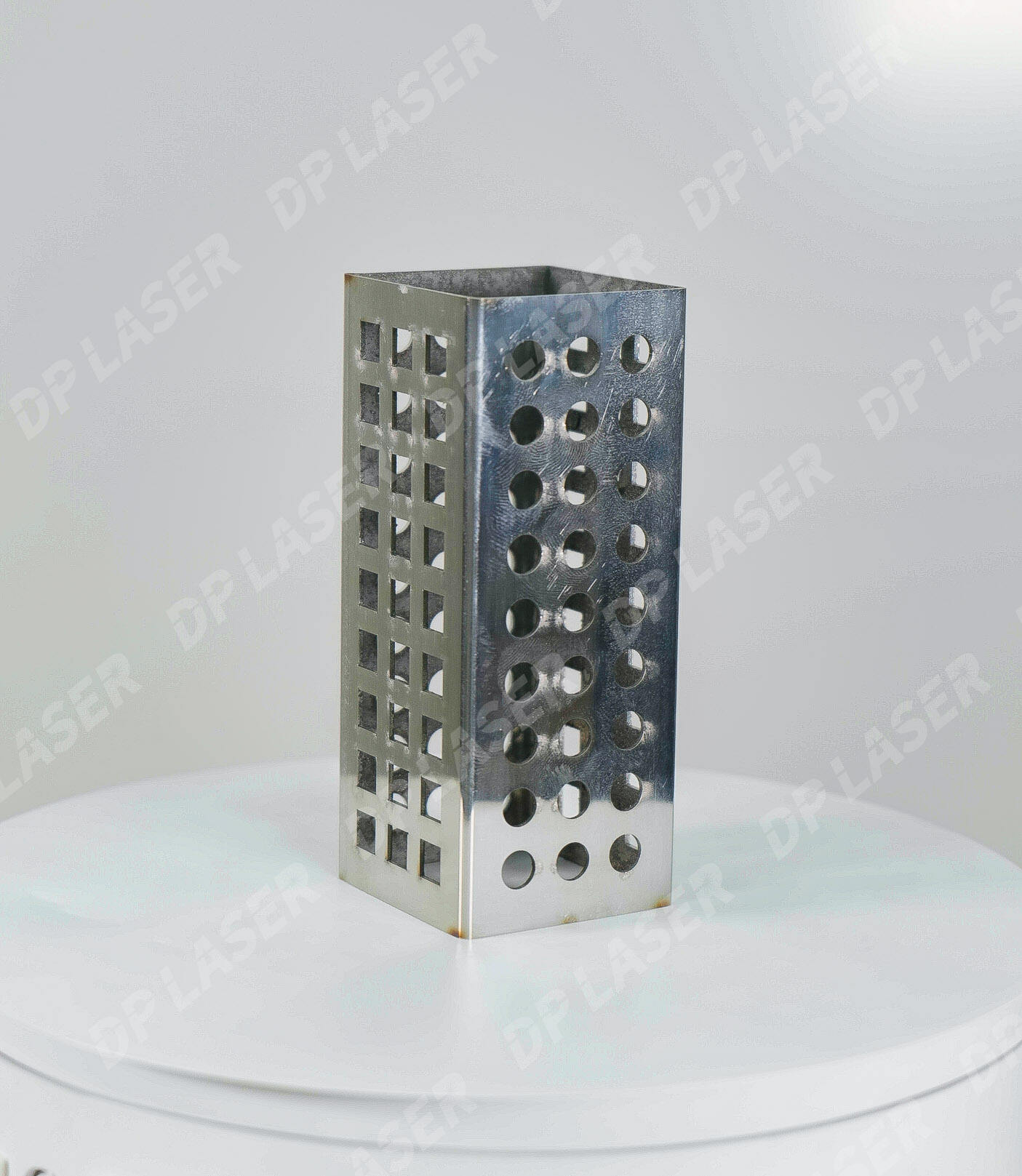 |
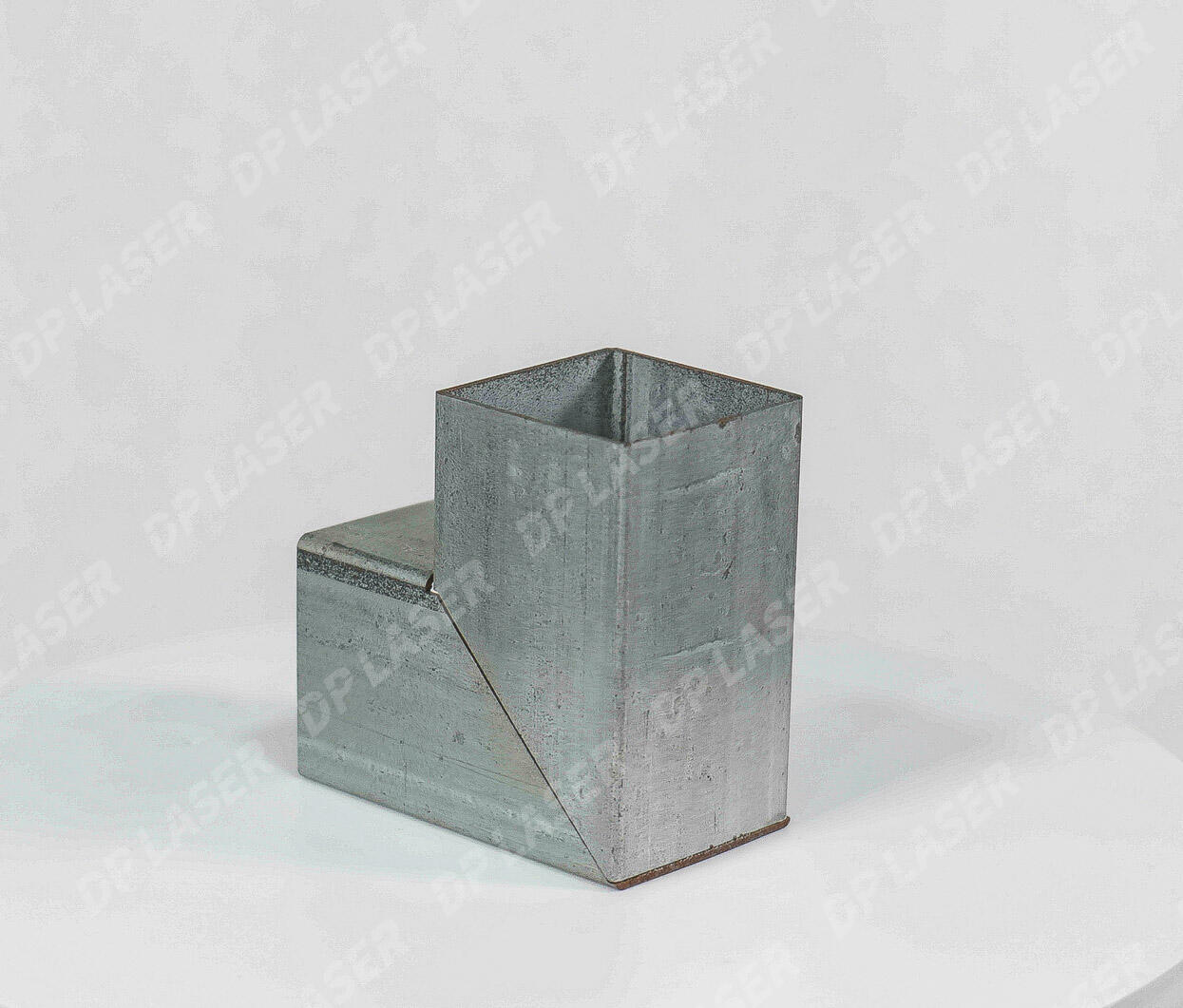 |
Tube Diameter and Length Requirements
Different industries require varying tube dimensions:
. Standard machines typically accommodate 0.5"-8" diameters.
. Custom solutions may be needed for larger diameters (12" or more).
. Maximum tube length options include 6m, 8m, and 12m systems.
For example, architectural metalwork businesses might prioritize machines that handle long structural tubes, while automotive suppliers could focus on smaller, high-precision cutting.
Laser Power and Cutting Precision
Laser power directly affects cutting speed and capability:
. 1.5KW-3KW: Best for thin materials and high-speed applications.
. 2KW-4KW: Suitable for general industrial use .
. 6kW+ : Ideal for heavy-duty cutting of thick-walled tubes.
Precision is another critical factor. A high-quality fiber laser cutting machine should offer:
. Positioning accuracy ( ±0.3mm)
. Smooth edge finishes (reducing post-processing needs)
Production Volume and Automation Needs
Your production scale could determine the level of automation required:
. Low-volume shops: Manual loading may suffice.
. Medium-volume operations: Semi-automatic feeders could improve efficiency.
. High-volume manufacturers: Fully automated systems with robotic integration may be optimal.
Businesses planning for growth should consider machines that allow future upgrades, such as adding automatic tube feeders.
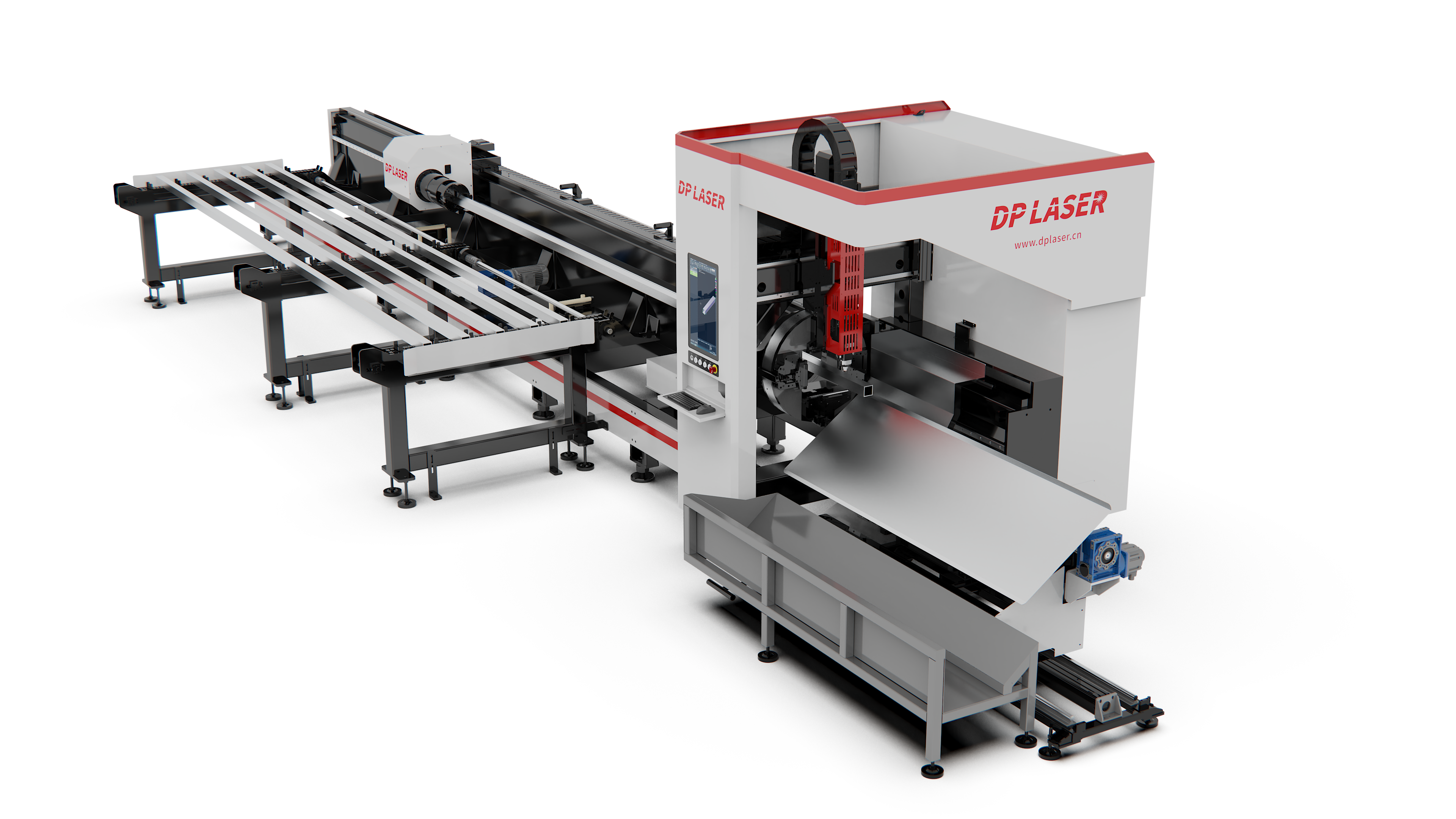
Industry-Specific Applications
Different sectors have unique demands:
. Automotive: Exhaust systems, roll cages, and hydraulic components.
. Furniture & Architecture: Handrails, structural frames, and decorative elements.
. Energy Sector: Oil/gas pipelines, wind turbine parts, and solar panel supports.
Selecting a machine that aligns with your industry’s common materials and tolerances could maximize ROI.
Cost Considerations and ROI
While upfront costs are important, long-term savings should also be evaluated:
. Energy consumption: Higher-power lasers may increase operational costs.
. Gas usage: Nitrogen or oxygen requirements could affect expenses.
. Maintenance: Machines with longer laser lifespans (80,000-100,000 hours) may reduce downtime.
A well-chosen fiber laser cutting machine could pay for itself through:
. Faster production cycles
. Reduced material waste
. Lower labor costs
Future-Proofing Your Investment
Emerging trends in fiber laser cutting technology include:
. Smart manufacturing: IoT-enabled monitoring and predictive maintenance.
. Advanced cutting techniques: 3D and bevel cutting without secondary operations.
. Eco-friendly features: Energy recovery systems and reduced gas consumption.
Investing in a machine with upgrade potential may help your business stay competitive.

Final Recommendations
When selecting a fiber laser cutting machine for metal round tubes:
1. Match machine specs to your material and thickness needs.
2. Ensure tube diameter and length compatibility.
3. Balance laser power with precision requirements.
4. Consider automation based on production volume.
5. Evaluate total cost of ownership, not just initial price.
DPLASER offers industrial laser solutions designed for durability and
performance. By focusing on your specific operational needs, you could find a system that enhances productivity and supports long-term growth.
This guide provides actionable insights for B2B buyers. For further
assistance in choosing the right fiber laser cutting machine, consult with industry experts to tailor a solution for your business.

